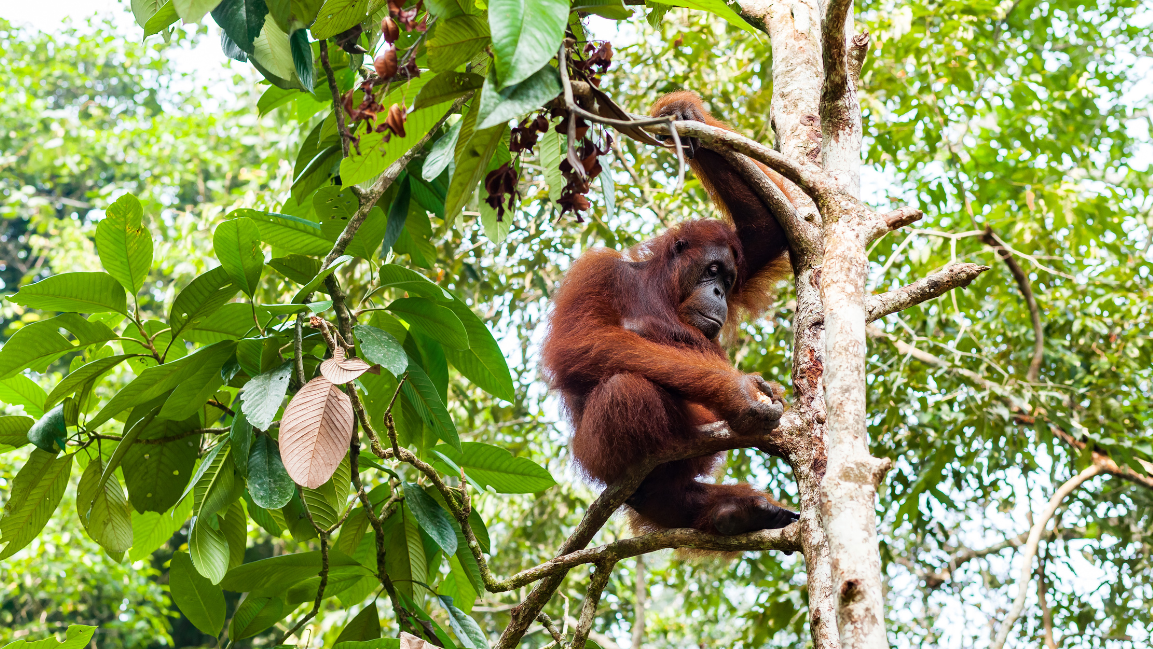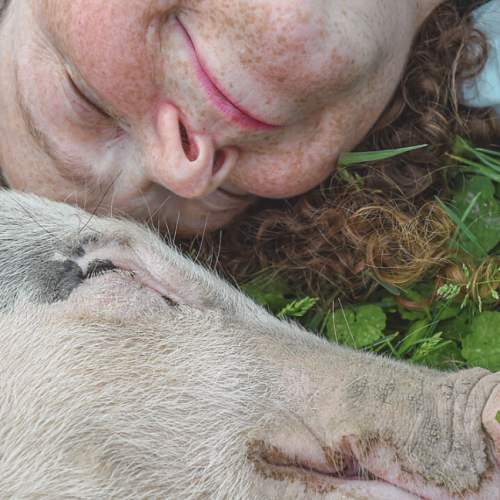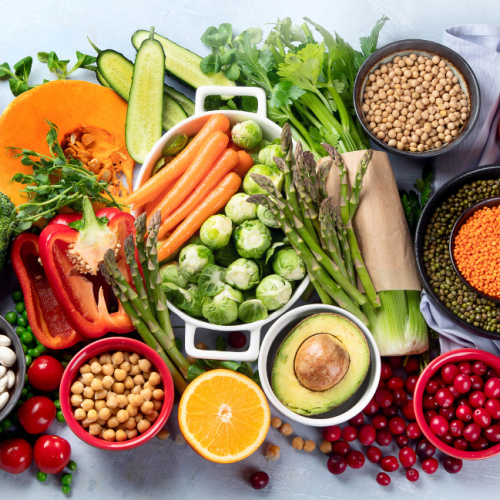Trading Trees for Meat: How Meat Consumption Fuels Deforestation
Deforestation is rife and it doesn’t need to be. Who wants to lose native forests? These are the awe-inspiring places we hike through, camp in and bear witness to the home of so many animals.
Yet, despite our universal love for forests, deforestation is growing in order to meet the demands of an increasingly populated world. When you look into the drivers of deforestation you see it is inextricably tied to the success of big industries that put pressure on our natural world - such as farming, meat production and mining.

Half the world's rainforests have been razed in a century, at the current rates, they will vanish altogether in 100 years.
Deforestation is detrimental to our environment for several reasons:
Global warming
- Forests are typically carbon sinks, places that absorb more carbon than they release.
- However, deforestation reverses this function of forests, resulting in carbon dioxide being released into the atmosphere. This is because trees hold carbon in their wood and expel it when they are burned.
- The lessening of trees means that greenhouse gasses cannot be absorbed by the trees as usual, resulting in a buildup in the atmosphere and increased global warming.

Changes in climate create warmer, drier conditions, leading to longer and more active fire seasons.
Destroying or compromising animal habitats
- Deforestation and tree-clearing is the major cause of habitat loss for many threatened and endangered species.
- Following deforestation, animals often move to secondary forests - forests that have regenerated after human-caused disturbances:
- These forests cannot provide the same resources as the primary habitat animals used to live in. Often, secondary forests lack key features that protect against predators, such as plant cover.
- These animals are often more exposed to humans and can be more easily hunted.
- Finally, deforestation kills off key food sources for animals. With mass tree-felling, animals such as monkeys will have few trees to eat fruit off of. With certain animals dying of starvation or becoming weak and vulnerable, the food chain is impacted at every level.

Habitat loss is the primary cause of higher extinction rates. It is estimated that in the 1990s, almost 70% of deforested areas were converted to agricultural land.
Soil erosion and degradation
Deforestation is one of the major contributors to soil erosion and degradation - the consequence of unsustainable land use. The chain reaction is as follows:
- Land is cleared for agriculture
- Indigenous trees replaced with introduced tree crops that do not hold onto the soil in the same way
- Over time the topsoil (the most nutrient-dense part of the soil) is lost.
Down the line, soil erosion leads to water pollution and sedimentation in streams and rivers, which negatively affects ecosystems.

Soil erosion is not only an ecological issue but also an economic one. It depletes the productivity of our agricultural lands, leading to food insecurity and economic hardship.
Deforestation is a key tool for growing the profits of big agricultural industries. Inversely, deforestation completely undermines the economy and security of the small communities that rely on these forests. A major stakeholder that is implicated is indigenous communities.
Indigenous communities
Deforestation in Brazil on Karipuna Indigenous Land is one example where rainforest is being claimed and converted into cattle pasture and soy farms. Karipuna land is constantly at risk of being overtaken by land grabbers and loggers, as its borders have not been legally protected by the Brazilian government.
Arypã Karipuna, a Karipuna elder stated:
“We can no longer sleep at night, because the impression we have is that we will be pushed out of our territory at any moment. Help us fight invasions – our fish, our nuts, everything is disappearing”.
In Central America, 40 percent of all the rainforests have been cleared or burned down in the last 40 years, mostly for cattle pasture to feed the export market—often for U.S. beef burgers.

The Waorani in Ecuador can feel and understand all parts of the jungle, they know the jungle like the back of their hand and they treat it as we treat our villages and cities.
So what does eating meat have to do with trees?
Our beef with beef
41% of global deforestation and 80% of Amazon deforestation is driven entirely by beef production.
Whilst this is happening all around the world, there is no better current example than in Brazil, where rapid growth in sales of Brazilian beef to the US, China and Russia is leading to accelerated destruction of the Amazon rainforest. In a nutshell, cattle ranchers are making mincemeat out of Brazil’s Amazon rainforests.

The Waorani in Ecuador can feel and understand all parts of the jungle, they know the jungle like the back of their hand and they treat it as we treat our villages and cities.
Trees or animal feed?
Soy production is also a leading driver of deforestation, the majority of which is used as livestock feed, mostly in pig and poultry sectors. That's right, by eating a chicken burger or ordering the pork belly you are not only likely supporting the cruelty of intensive factory farming, you may also be contributing to clearing forests in the Cerado.

Meat and dairy production and consumption are driving an increase in human greenhouse gas emissions, land degradation and deforestation and there is an urgent need for dietary change, particularly in high-income societies.
Permanent habitat loss
In the process of raising animals for meat, many millions of hectares of land are becoming unlivable for many species. And unlike forests that have the chance to regenerate after fire, agriculture-driven deforestation results in permanent habitat loss.
In 2021, more than 10,000 species of plants and animals were identified as being at high risk of extinction, according to a landmark report from the Science Panel for the Amazon (SPA).

The Giant Brazilian Otter, the Peruvian Wolly Monkey, and the Toucan are all under threat from deforestation and habitat loss.
Eating Plant-rich makes a difference!
It’s clear that deforestation has major, negative impacts on wildlife and the environment, all the while helping the meat industry to thrive.
Shifting to plant-rich eating genuinely helps support industries that do not rely on destruction for profit. The research attests to this:
“Researchers at the University of Oxford have found that if everyone ate plant-based, global farmland use could be reduced by 75%, the size of the US, China, Australia and the EU combined.”
(University of Oxford, 2018)
Keen to get started?
At No Meat May, we provide the resources you need to start eating plant-rich comfortably and with confidence. Check out some incredible free meal plans here, or get the lowdown on plant-based nutrition essentials here. We’ve got you covered.
Have any questions? Contact us.
And make sure you join the incredible No Meat May Facebook Community to connect with inspiring people from all around the world.
References: National Geographic | WWF | Eurogroup for Animals | Greenpeace | International Forestry Review | Reuters | World Wildlife | University of Oxford











1 Comment